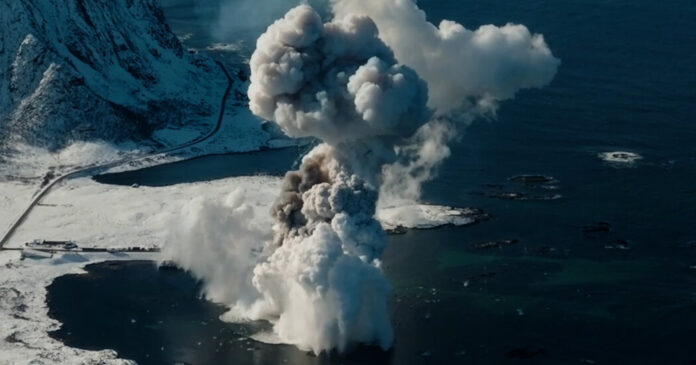The engine shuddered to life around half past noon local time on Sunday, and with a guttural roar, the 92-foot-tall Spectrum rocket lifted slowly away from its launch tower, marking the first liftoff of its kind on the European continent.
The rocket, launched by Isar Aerospace from within the Arctic Circle at a spaceport on the icy Norwegian island of Andøya, was the first orbital flight outside of Russia to leave continental Europe. About 30 seconds after the rocket cleared the launchpad, it pitched to the side and plummeted back to earth.
But Daniel Metzler, the chief executive of Isar Aerospace, was upbeat. He said in a statement that the test flight had “met all our expectations, achieving a great success,” despite the crash.
“We had a clean liftoff, 30 seconds of flight and even got to validate our Flight Termination System,” Mr. Metzler said. The rocket fell directly into the sea, the launchpad was not damaged, and no one was harmed when the spacecraft crashed, he added.
The Andøya Spaceport could not immediately be reached for comment. Earlier, it had posted on social media saying that “crisis management” had been activated following the crash, and that it was collaborating with the emergency services and Isar Aerospace.
The test flight was seven years in the making for Isar Aerospace, a German-based company founded in 2018 with a mission to make satellite launches more accessible from Europe. European companies have been pushing ahead in space technology and research, exploring the potential of the space sector for defense, security and geopolitics.
“There’s about a million things that can go wrong and only one way things actually go right,” Mr. Metzler, Isar Aerospace’s chief executive, said in a video interview ahead of the launch. The team had rescheduled several earlier attempts to launch, citing unfavorable weather conditions. “Frankly, I’d be happy if we just fly 30 seconds,” he said at the time.
That amount of time, he said, would give the team plenty of information to analyze and use to improve their vehicle. And that is roughly how long the flight on Sunday lasted.
In the video, Mr. Metzler pointed out that SpaceX, the first private company to successfully launch a rocket of its own design into orbit, had three failed attempts before achieving that milestone in 2008.
Several private companies in Europe have been designing spaceports for a new wave of rockets. Sweden has revamped an old research base into a state-of-the-art satellite launching center north of the Arctic Circle, and Britain also opened a space center in Cornwall, in England’s far southwest. Misfires, however, can be costly: Virgin Orbit, the space company founded by British billionaire Richard Branson, ultimately folded after its failed attempt in 2023 to launch a rocket into orbit.
“Space has really become a very crucial element in geopolitics, in global insights, and of course, it’s a huge economic opportunity,” said Mr. Metzler.
The company, which was initially backed by Bulent Altan, a former senior executive at Space X, has raised more than $430 million in funding from international investors, according to its website, including securing backing from NATO’s Innovation Fund.
Ali Watkins contributed to this report.
